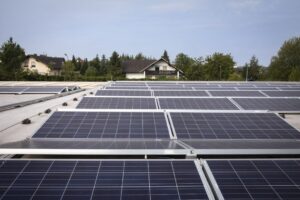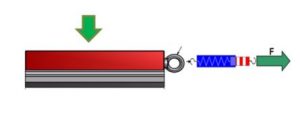PV flat roof systems in the wind tunnel test
 Before mounting systems are allowed to be installed, they must comply with corresponding standards, including EN 1991-1-4. Beside all the specifications regarding statics, materials, etc., this standard, including the national annex, contains specific information about wind loads to which PV systems and their mounting systems on roofs are exposed. In times of increasingly strong storms and even hurricanes this is indispensable for safety and must be included in the development. That is why the solar industry relies on so-called wind tunnel tests to keep the ballast of roof-penetration-free flat roof systems as low as necessary. In this blog entry, we explain how these tests are structured and what needs to be taken into account. (more…)
Before mounting systems are allowed to be installed, they must comply with corresponding standards, including EN 1991-1-4. Beside all the specifications regarding statics, materials, etc., this standard, including the national annex, contains specific information about wind loads to which PV systems and their mounting systems on roofs are exposed. In times of increasingly strong storms and even hurricanes this is indispensable for safety and must be included in the development. That is why the solar industry relies on so-called wind tunnel tests to keep the ballast of roof-penetration-free flat roof systems as low as necessary. In this blog entry, we explain how these tests are structured and what needs to be taken into account. (more…)
